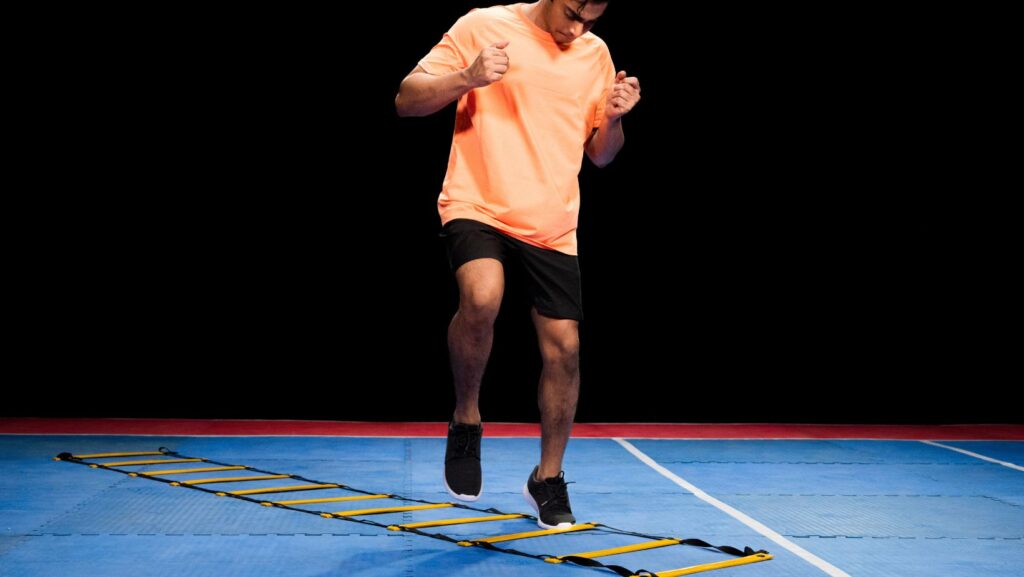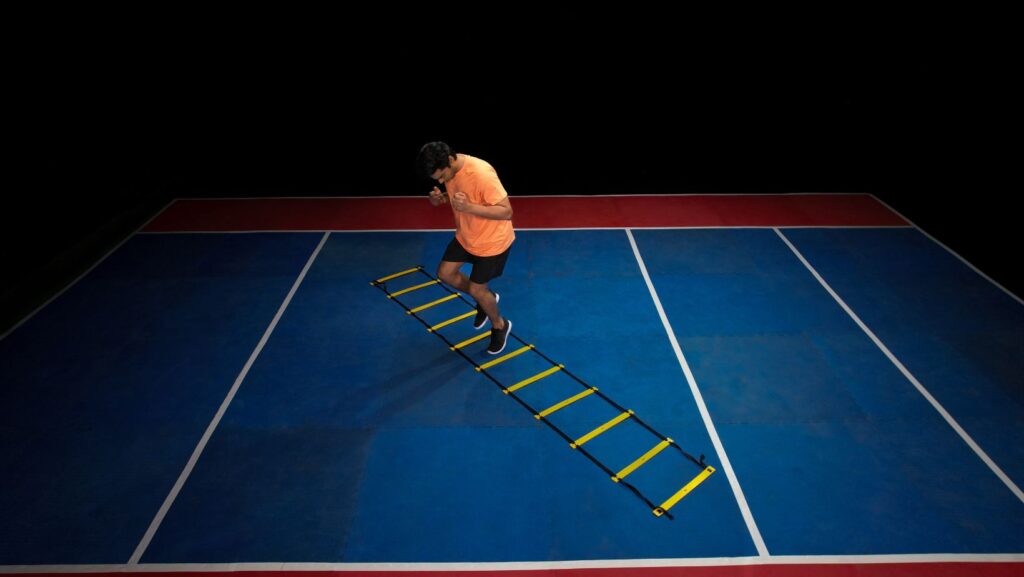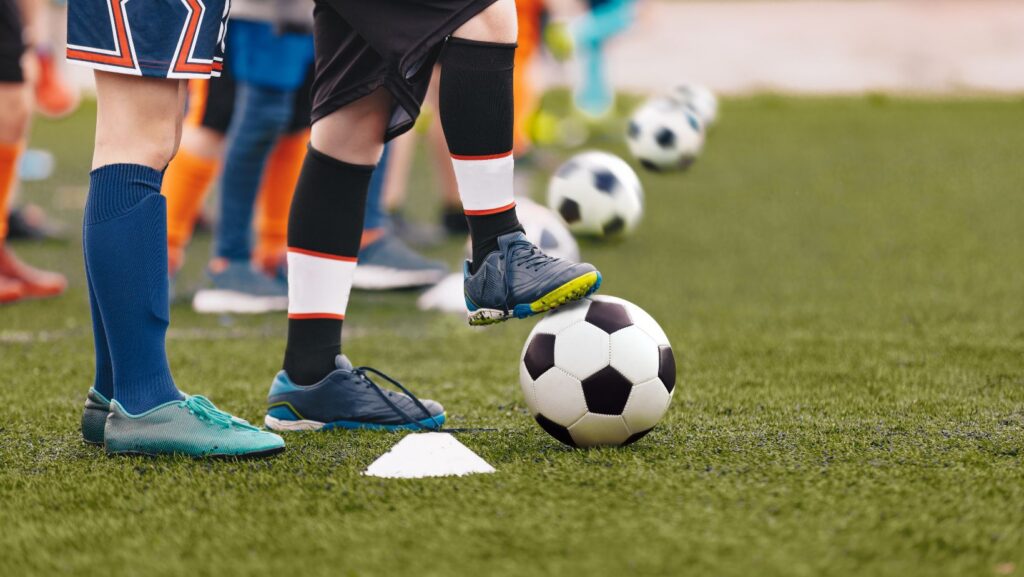Training Ladder Drills

Imagine the thrill of boosting your agility, speed, and coordination all at once. It’s not a fantasy, it’s the reality of training ladder drills. This powerful fitness tool has been the secret weapon of athletes and fitness enthusiasts for quite some time.
Training ladder drills are a dynamic way to challenge your body. They don’t just make you sweat, they transform you into a more efficient, agile machine. But how do they work? And what benefits can they bring to your fitness regime?
Benefits of Training Ladder Drills
Training Ladder Drills possess remarkable potential for boosting athletic performance. They amplify coordination and agility, fortify speed and reflexes, amongst a plethora of other perks. Each detail, shedding light on the individual benefits, enriches the comprehension of this incredibly efficient instrument to fitness enthusiasts and athletes alike.
Enhancing Coordination and Agility

Ladder Drills serve as a cornerstone for those aiming at enhanced coordination and agility. They’re a fusion of both physical and mental training. The athlete’s brain activates to process complex patterns during the drill. This cognitive stress, fused with the physical movement, enhances the body-brain coordination. Additionally, quick step sequences, side steps, and other footwork pattern requirements in ladder drills enhance an individual’s agility, rendering them more astute during their prime performances.
Improving Speed and Reflexes
Speed, another investment in ladder drills, manifests the most during vigorous training. As footwork intensifies and the routines grow complex, athletes learn to move their feet quicker. This rapid movement, stimulated through consistent training, heightens speed. Reflexes, on the other hand, improve as athletes swiftly change positions, dodging various ladder rungs. In specific, the random nature of foot placements in ladder drills improves reaction times, inherently leading to boosted reflex action from athletes.
Key Types of Training Ladder Drills
Training ladder drills encompass a variety of movements, challenging the body in different ways to amplify agility and speed. They split into two broad categories: lateral movements and forward and backward sequences.
Lateral Movements
Lateral movements, administered as a part of training ladder drills, mainly focus on improving side-to-side agility. Drills like the In-Out Ladder Drill or the Sideways Shuffle instigate the body to move quickly in two directions, incorporating agility and rapid change in direction. They appear simple, yet the execution requires muscle coordination to swiftly respond to directional changes. For instance, the In-Out Ladder Drill entails stepping into, then outside the ladder alternating feet with each step, demanding precision and quick footwork.
Forward and Backward Sequences

Forward and backward sequences in training ladder drills intensify straight-line speed and reverse movement skills. Drills such as the Forward Two-Step or the Backward Hop prioritize developing forward and backward agility. One foot follows after the other in these drills, stimulating movement and coordination along a single line. An example, the Forward Two-Step, involves placing both feet in one square before moving onto the next, fostering foot coordination and quick responses to speed adjustments.
Essential Equipment for Ladder Drills
The mentioned training ladder drills, like the In-Out Ladder Drill and Forward Two-Step, require specific equipment. Precision in choosing the right gear significantly impacts the effectiveness of these exercises.
Choosing the Right Ladder
Selecting a suitable ladder becomes instrumental in executing ladder drills with maximum efficacy. A high-quality ladder exhibits durability, stands firm on various surfaces, and provides ample rung space for different foot sizes and movement types. Agility ladders often find preference among athletes due to their adjustable rungs and non-slip design.
For instance, a 20-ft agility ladder typically sports spaced rungs, allowing for varied speed and agility exercises. It aids in the execution of the In-Out Ladder Drill, where the athlete requires optimal rung space to enter and exit the ladder side-by-side. Similarly, ladders with narrower spacing between the rungs best suit the Forward Two-Step drill, focusing on speed and reversibility.
Training ladder drills are a game-changer for anyone looking to boost their coordination, agility, speed, and reflexes. They’re not just about physical exertion but also about engaging the brain, leading to improved footwork and speed.

